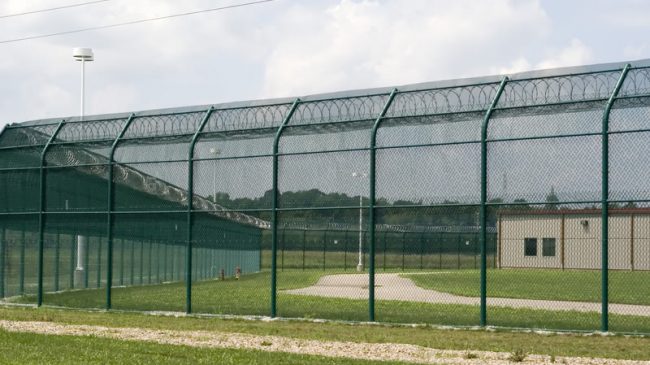Attorney General Jeff Sessions recently rescinded a Department of Justice memo issued last fall that had called on the Bureau of Prisons to phase out its use of private prisons. While Sessions’ reversal only affects some federal prisons, it is nonetheless a good thing for California’s ability to continue to address its own prison capacity and recidivism challenges.
While the Bureau of Prisons utilizes just one federal private prison in this state (the Taft facility outside of Bakersfield), California’s Department of Corrections and Rehabilitation sends 4,400 inmates to privately operated prisons in other states, while also housing nearly 2,000 people in privately operated community corrections facilities within the state.
With California still dealing with the 2011 Supreme Court ruling that ordered the state to reduce its prison overcrowding due to “serious constitutional violations” and inmate conditions that were “below the standard of decency,” the Department of Justice’s private prison policy is particularly important to the state. Through improvements to inmate education and re-entry programs, private prisons are helping develop solutions aimed at reducing recidivism rates and thus the prison population.
Government contracts with private prisons are evolving and starting to connect payments to prisons to recidivism rates – how often people re-offend after they’ve been released from prison. With these contract requirements, the private prisons are incentivized to provide training and education intended to help those released make it in society. For example, in 2013, Pennsylvania revoked and rebid the contracts on all 42 of its community corrections centers, tying compensation paid to the prison operators to reductions in recidivism rates. Between July 2014 and June 2015, Pennsylvania reported an impressive 11 percent drop in recidivism in those centers.
Locally, Orange County has recently started to experiment with two privately operated “day reporting centers” in Santa Ana, which are tasked with managing former inmates’ experiences as they transition back to living in the community. Think of these centers as one-stop shops offering access to the sorts of social services and other offerings needed to help people get back on their feet.
The California Department of Corrections and Rehabilitation’s most recent Outcome Evaluation Report found Orange County had the second lowest recidivism rate in the state, ahead of every county except Los Angeles County. However, 39 percent of inmates released in Orange County were back in prison within three years, slightly lower than the statewide “three-year return-to-prison rate of 44.6 percent.” And Orange County “had the smallest decrease” in recidivism rates among the top 12 counties, meaning other counties were reducing their re-offender rates and there’s still a lot of room for Orange County to improve.
The programs being tested in Orange County – and in private prisons – are designed to help correctional facilities develop best practices meant to reduce the number of people who return to prison after being released. As a result, private prisons should be viewed as important tools that can develop ideas and plans that help prepare offenders to re-enter society, reduce recidivism and continue the trends of a shrinking prison population in California.
As governments at every level continue to face financial pressures and challenges delivering basic services, contracting provides a tool that enables corrections agencies to better manage costs, while also delivering better outcomes. Performance-based contracts for private prisons, especially contracts tied to reducing recidivism rates, have the possibility of delivering significant improvements that, over the long-term, reduce the overall prison population and help those who are released from jail stay out for good.
The recent innovations in performance contracting are good reminders that the private sector is usually very responsive to financial incentives, whereas government-run prisons are much less reactive to those types of motivations. The Department of Justice’s decision to continue using private prisons could help California and the country discover best practices that deliver long-term societal benefits.

